Uh-oh. You've noticed that there are cracks in your house's foundation. Are they serious? Should you have them repaired right away? We understand your concern so take a moment to read this article as we discuss the different types of foundation cracks. We've consulted experts to enlighten us regarding these issues, and here's what we learned from them.
There are five common types of foundation cracks:
- vertical
- diagonal
- hairline
- stair-step
- horizontal cracks
There are appropriate repair methods for each type so that you can retain your home's structural integrity. The extent of the crack will tell you if you need to contact a foundation repair expert immediately or not.
Keep on reading so we can explain further what each type of foundation crack indicates and what you need to do about it. We'll also tell you the difference between structural and nonstructural cracks. Let's get down to business.
![Cracked on a concrete building, 5 Types Of Foundation Cracks [What Homeowners Need To Know]](https://uooz.com/wp-content/uploads/2022/01/5-Types-Of-Foundation-Cracks-..png)
The 5 Types of Foundation Cracks You Should Know
Your home's foundation is crucial in ensuring the structural integrity of your house. It anchors it in place and makes sure that the frame is properly supported. That's why it is normal to worry when you see cracks on its surface. Some might even panic about these fissures on the wall.
Knowing the different types of foundation cracks may help you handle the situation better, so let's go through them one by one. We'll also present the possible causes for these foundation breaks and what could be done about them.
1. Vertical Cracks
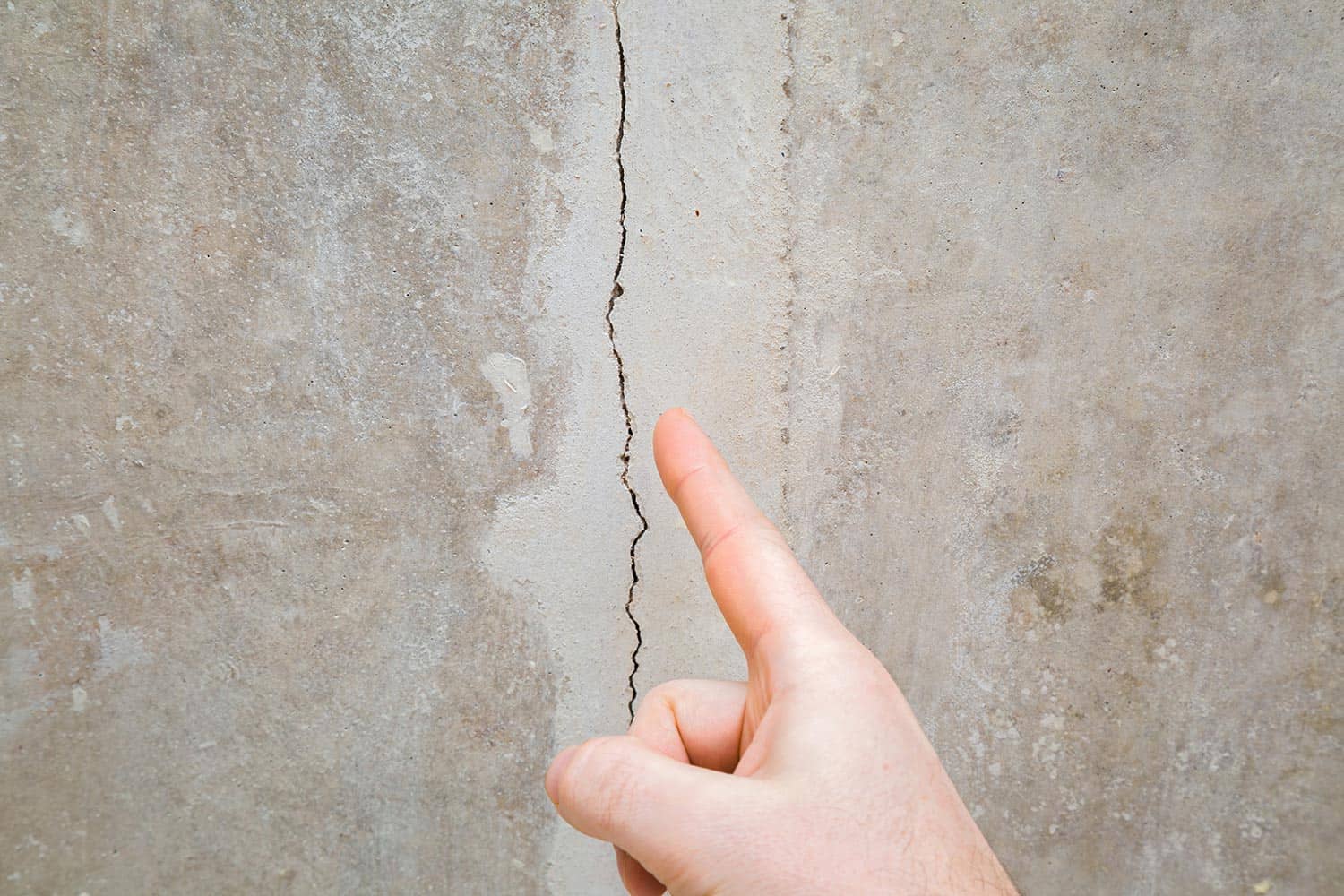
As the name implies, these cracks are vertical lines that you can see along the foundation walls or sides. These aren't considered to present any serious structural threat. In fact, it's common to see them on most houses, especially those that used poured foundations.
They can be caused by the natural curing process of the concrete and can be the result of your foundation settling as time goes by. Wider vertical cracks may be due to excess moisture on the soil that's causing hydrostatic pressure on the foundation.
These cracks can be repaired using the injection method. Epoxy or polyurethane can be injected through the cracks to fill the gaps. There are DIY kits that you can buy for this job.
Check out this concrete crack repair kit on Amazon.
However, if you can fit a quarter into the fissures, you'd best consult a professional foundation repair contractor to have a look at them and do repairs if needed, or else you'll risk further damage.
2. Diagonal Cracks
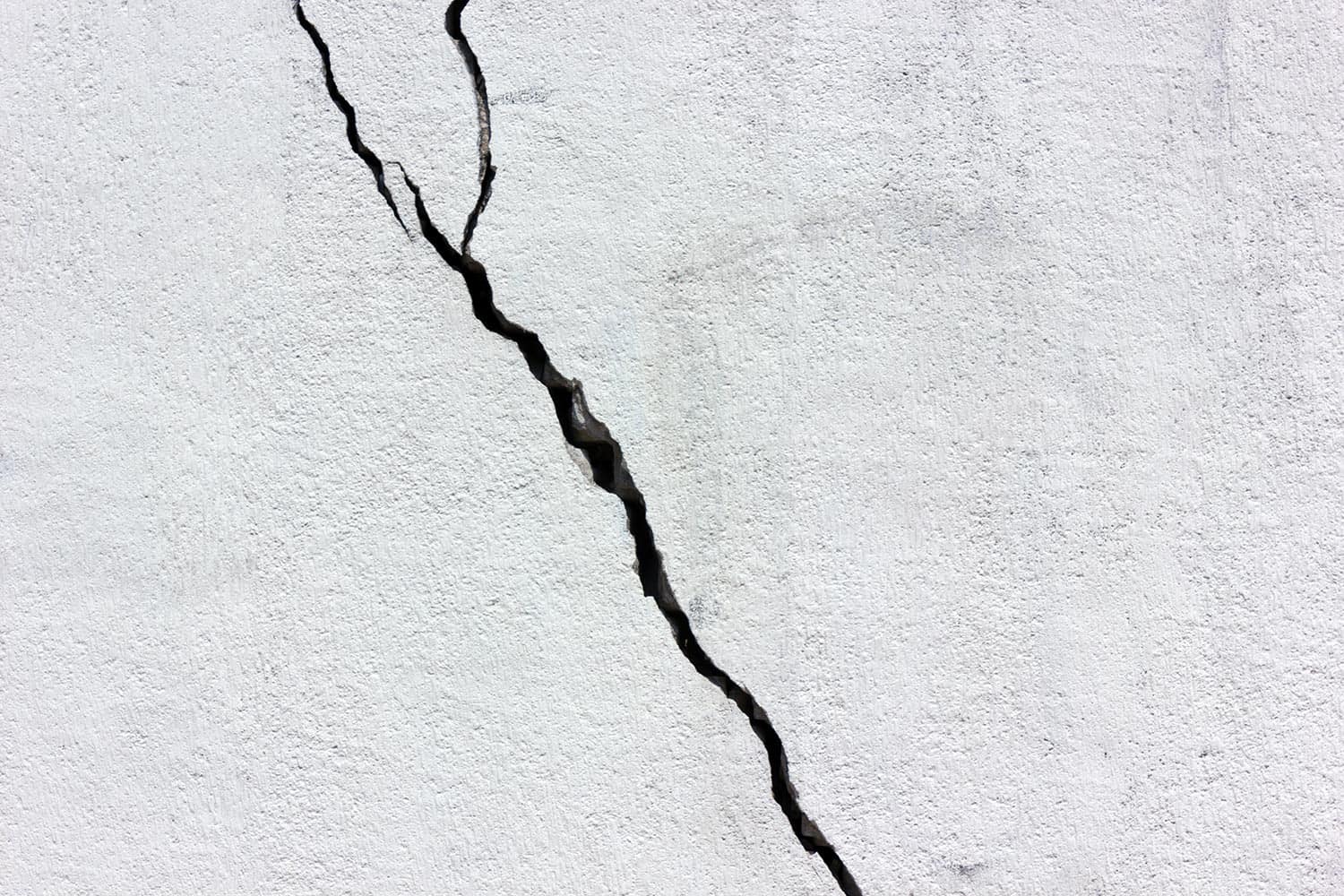
These are cracks that have a diagonal orientation of a maximum of 30 degrees on the foundation's surface. Experts don't often see them as grave threats to your foundation. Diagonal cracks are also a direct result of concrete's curing process and the foundation's settlement over time.
You can have them repaired using the epoxy crack injection. But again, if the gap is wide enough to fit a quarter, you have to consult a professional. They might have to install piers to be able to lift the part of the foundation that has settled.
3. Hairline Cracks
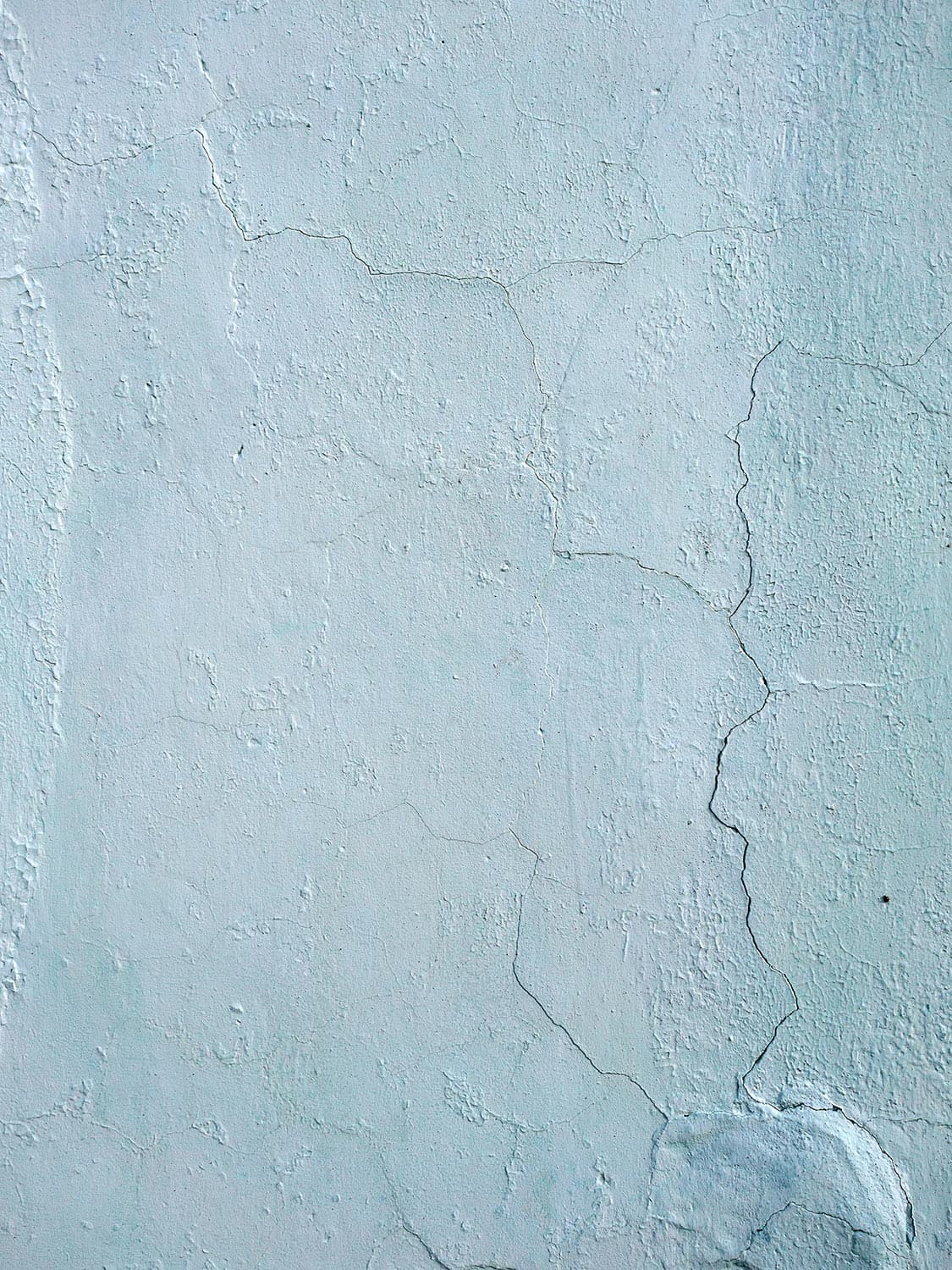
These are very thin lines on the foundation. Again, they are seen as nonstructural cracks as they are more cosmetic in nature. They often come about after the first two months of the concrete's curing. Cracks form as the concrete loses moisture and dries out.
Normal hairline cracks do not change in size over time; that's why they don't really require immediate treatment. But it's also best to check them from time to time to ensure that they don't change. You can also consult with your contractor as some cover the treatment of hairline cracks.
4. Stair-step Cracks
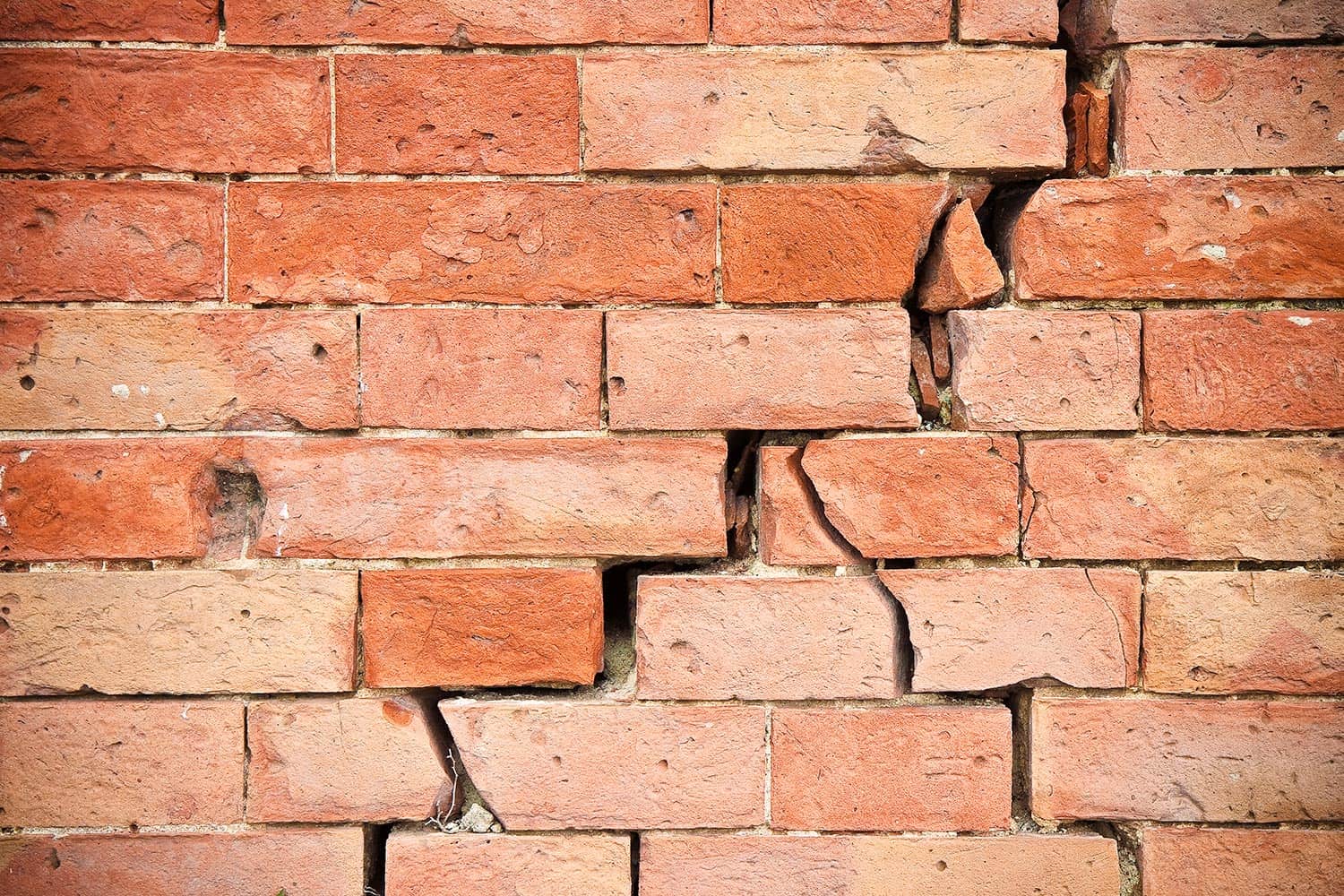
These are a combination of horizontal and vertical cracks usually found along the mortar joints of block foundations. Together, they form lines that look like the side of a staircase.
These cracks are caused by the foundation's settlement over time. It could also be caused by moisture outside your wall. Or it could indicate that one portion of the foundation is sinking.
Stair-step cracks can be considered nonstructural if they don't go all the way through the foundation. They can usually be fixed through the injection method.
But if the cracks reach the interior of the foundation, you have to call a professional to have a look at it. Contractors may need to install piers to support the sinking portion.
5. Horizontal Cracks
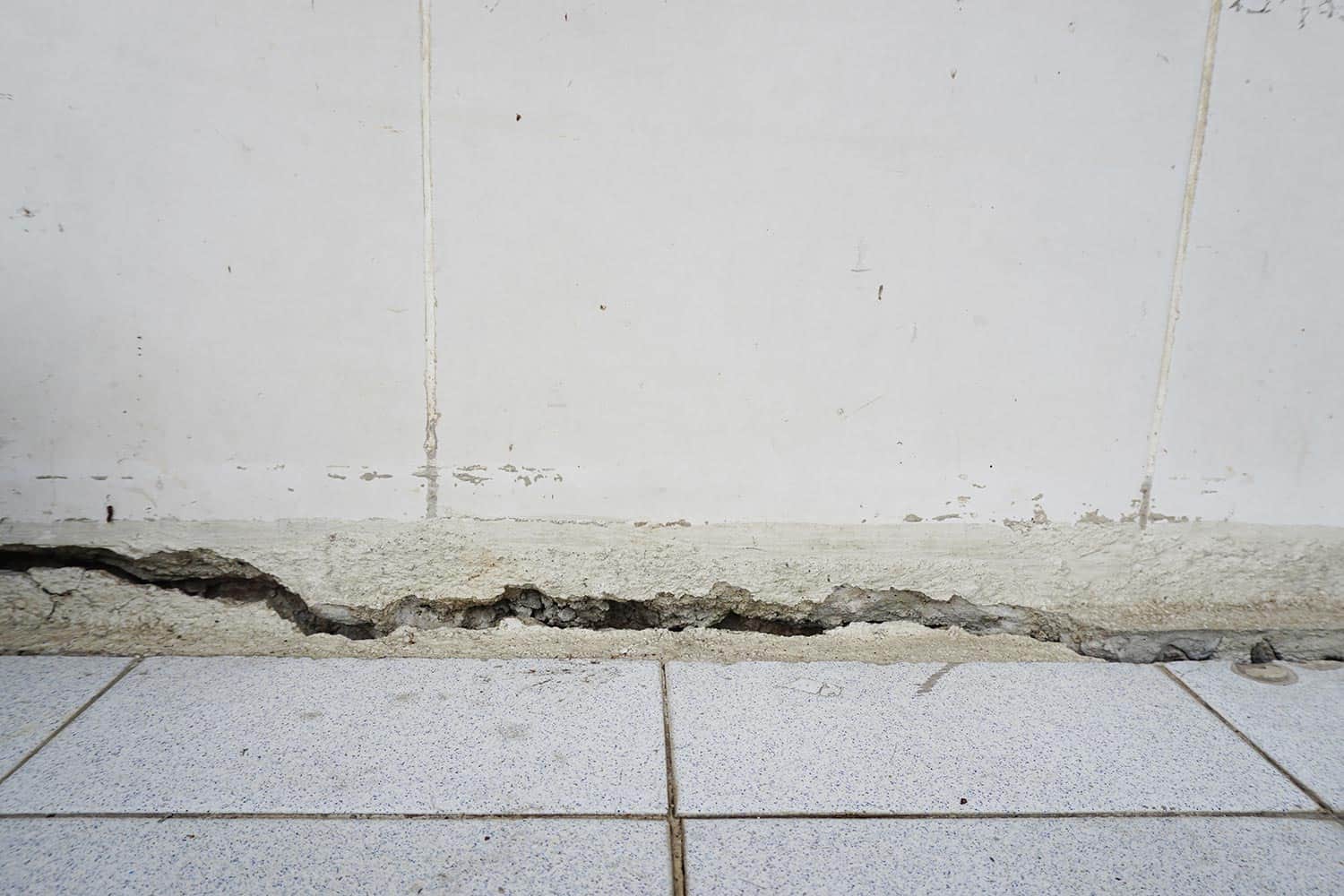
These are the cracks that you need to be concerned about. They are considered the most serious type of foundation crack and can be found in block or poured foundations. You might notice that your foundation is leaning or bowing inwards, and water can get through the cracks.
Horizontal cracks are indicative that there's soil pressure that's causing your foundation to become unbalanced. This can be due to hydrostatic pressure that happens when there's excess water in the soil. The freezing and thawing of water in the soil could also exert unnecessary pressure.
You have to call a foundation repair expert as soon as you notice these horizontal foundation cracks. They can have it fixed employing the carbon fiber technique to stabilize the walls. You can also check with your previous contractor for warranty coverage so you can have them repair it for you.
What is the difference between structural cracks and nonstructural cracks?
As we've learned earlier, some types of cracks are serious, while some don't necessarily pose a significant threat to your home. This is the main difference between structural and nonstructural cracks.
Structural cracks
These are the cracks that you should be concerned about because they pose a serious risk to your home's structural integrity. These cracks indicate that there has been movement and shifting in your foundation. This can be caused by overloading, poor soil bearing, or defective construction. The foundation wall couldn't stand up well to temperature changes and soil pressure.
Common signs to watch out for are horizontal cracks on the wall and cracks that are wider than 1/4-inch.
You may not immediately notice water coming out of the cracks, but it will eventually happen. Thus, you cannot delay having these issues repaired, or else the problem will worsen over time, and it would be more expensive to fix.
Contact your trusted foundation repair contractor to have a look at the cracks so they'll know how to handle them. Repairs usually involve the installation of carbon fiber strips or putting up steel beams to reinforce your damaged walls.
Nonstructural cracks
This type of crack doesn't pose an urgent structural threat. They are also called cosmetic cracks. They are very thin linings on the wall. These cracks may be brought about by changing humidity and weather conditions, hydrostatic pressure, and moisture. Some can manifest through aging.
When you see vertical or diagonal cracks on the foundation, these are examples of nonstructural cracks. Other cases include cracks found on the plaster, those at the edges of the windows or doors, or narrow cracks that only have a width of 1 to 2 millimeters.
Nonstructural cracks don't cause aggressive damages. As so, they don't require serious repairs. They can usually be fixed through the crack injection method.
However, you need to watch out for leaks, especially when there are rainstorms or melting snow. Water can find its way to your basement and can cause the buildup of mold and damage on the surfaces of the walls and floors.
You may also need to have the cracks checked by a professional to make sure that they are really nonstructural cracks. These cracks can also worsen over time and lead to further damages so it's best to be proactive about fixing these issues.
Final Thoughts
Cracks are telltale signs that something's wrong with your foundation. It's best to have them checked right away to be certain regarding the extent of the damage and how you can have them repaired properly so as not to compromise your house's structural integrity.
If you want to read more about house foundation, you may read the following posts:

